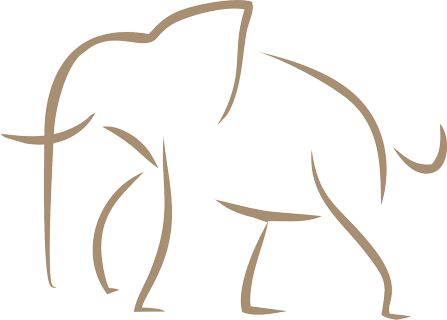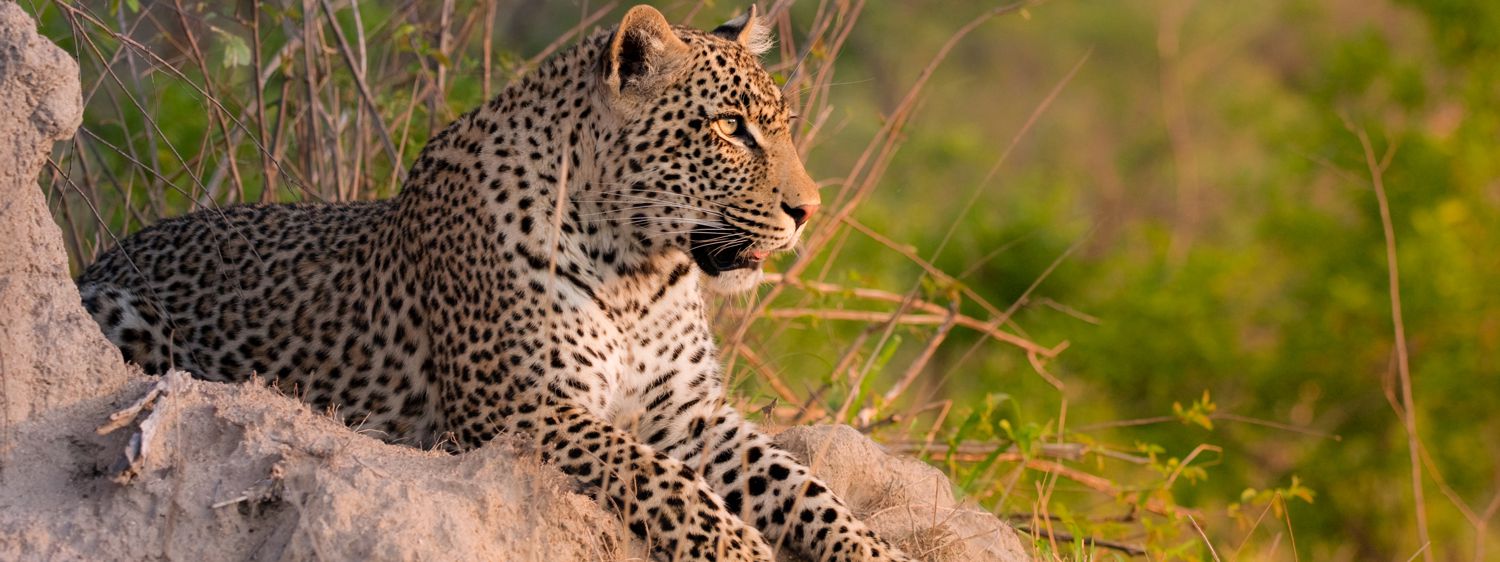The world-renowned Kruger National Park is one of South Africa’s great wilderness experiences and the mightiest of all the country’s parks. Its accessibility, numbers and variety of wildlife, staggering size and range of safari activities make the Kruger National Park truly unique and compelling.
The park has more recorded species of wildlife than any other African game reserve. It is home to 147 mammal species, 49 different freshwater fish species, 114 retiles species and 507 bird species. The mammals include numerous species of antelope, predators such as lion, cheetah, leopard and the brown and spotted hyena, giraffe, elephant, rhino, hippo and a host of smaller animals, including baboons and monkeys.
Being the first national park to be proclaimed in South Africa in 1926, it now covers an area of nearly 2 million hectares and extends over a distance of approximately 380 km from the Crocodile River in the south to the Limpopo River in the north. The eastern boundary is the national border to Mozambique. The western boundary was extended in 1994 to incorporate a further 2000 square kilometres when a large section of fence was removed to ensure a free flow of game between the park and adjoining, internationally renowned private game reserves such as Timbavati, Sabi Sand, Manyeleti and Klaserie. With the fence’s removal the width of the park was increased from an average 64 km to as much as 100 km. Spreading over a vast lowveld area just west of Kruger National Park the adjoining private nature reserves offer some of Africa’s best opportunities for safari connoisseurs and are the place to go for those who want to experience the bush and safaris in exclusive luxury.
Today the park is part of a new animal kingdom, a “peace park” – the Greater Limpopo Transfrontier Park. In terms of an agreement signed by the government of South Africa, Mozambique and Zimbabwe, the Kruger Park, Zimbabwe’s Gonarezhou National Park and Mozambique’s Limpopo National Park are now managed as a single conservation unit. The area of the new park is about 35 000 square kilometres; it’s eventual extent will be around 100 000 square kilometres – the size of Portugal.
All of the above make the Kruger National Park simply one of the best places in Southern Africa to see animals – big and small – in their natural habitat.
At a glance
Why you should visit
If you enjoy watching wildlife, this is arguable one of the greatest places on earth to do it. Kruger National Park is one of the world’s most famous protected areas – known for its size, conservation history, wildlife diversity and ease of access. It’s a place where the drama of life and death plays out daily, with up-close, action-packed sightings of wildlife almost guaranteed.
Our favourite time to visit
The sheer size and abundance of wildlife in this park ensures that you will spectacular wildlife experiences through-out the year, but there are seasonal differences, especially in regards to visitor numbers.
The winter months (June to September) are usually considered best for wildlife viewing, since this is the driest time in the park and animals meet at waterholes, where they are easy to watch. But, this is also the busiest time and the park can get quite crowded. We recommend to visit Kruger National Park between March and May, when there are less visitors and you’ll still get some great wildlife experiences.


